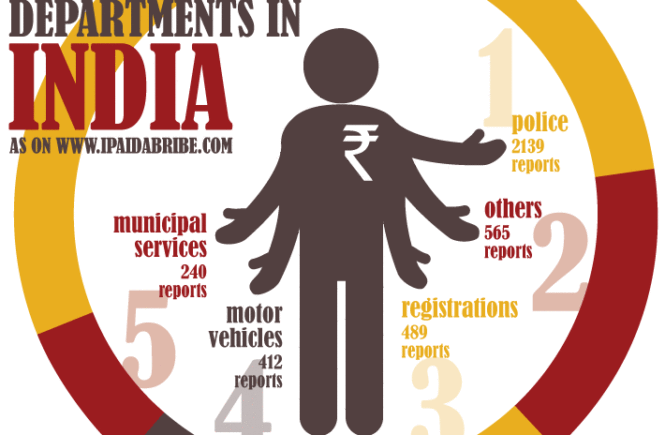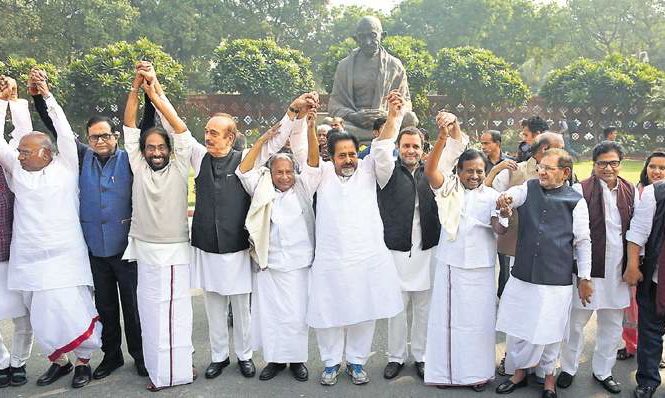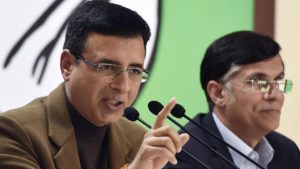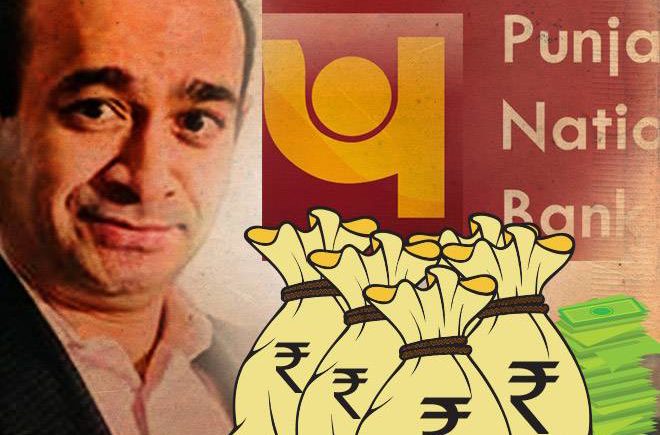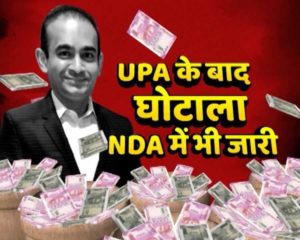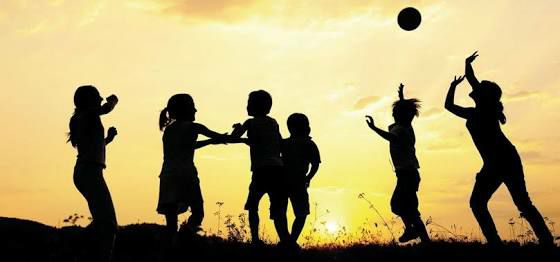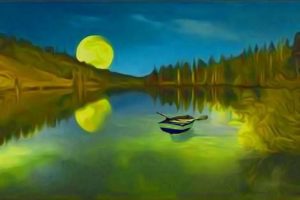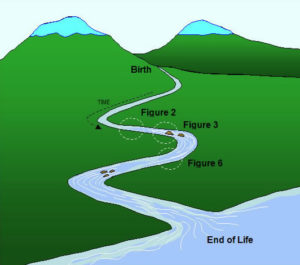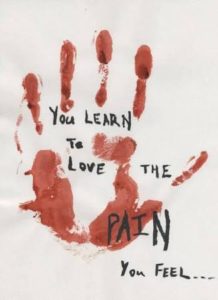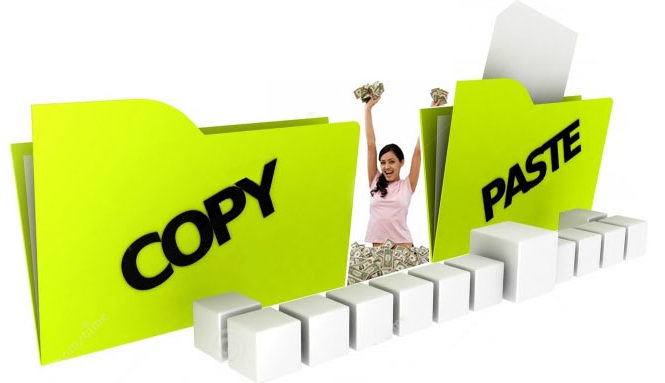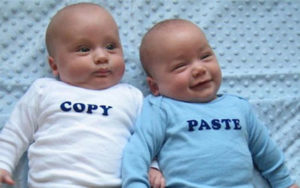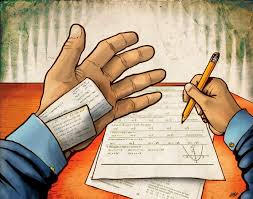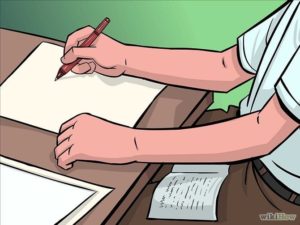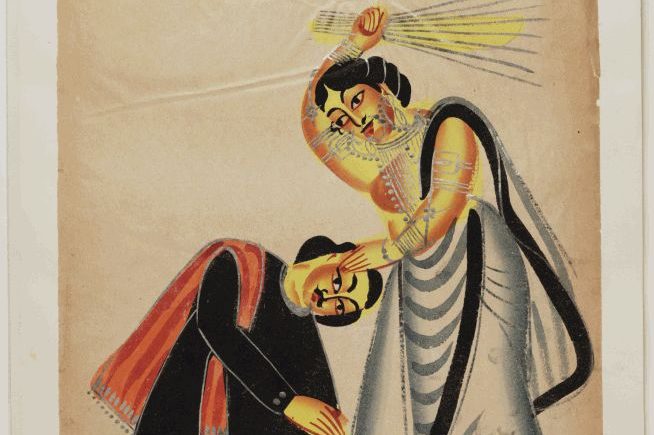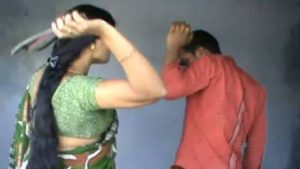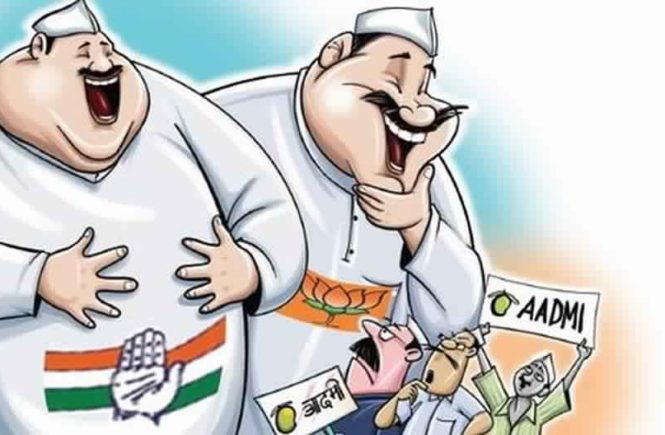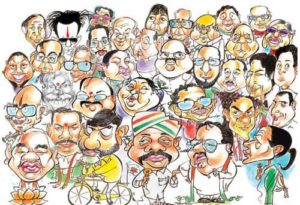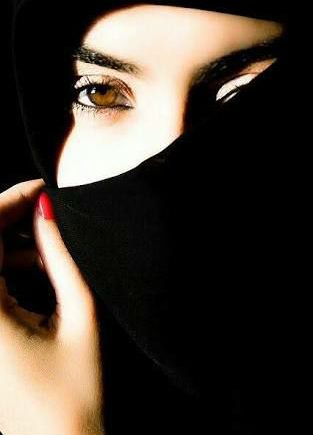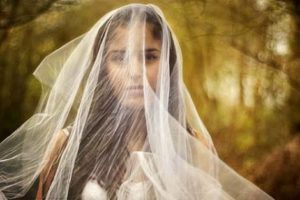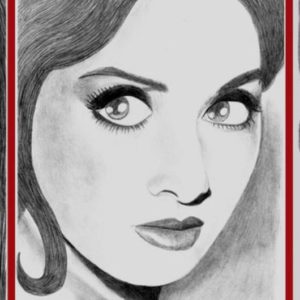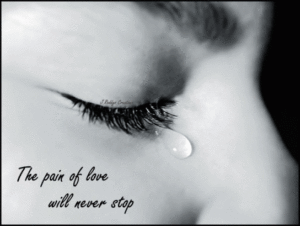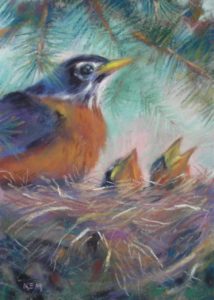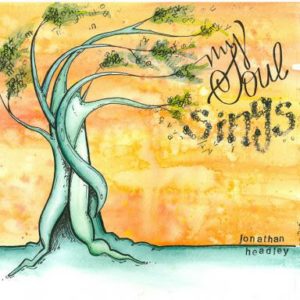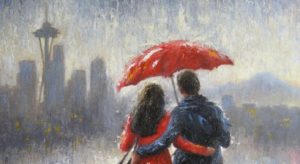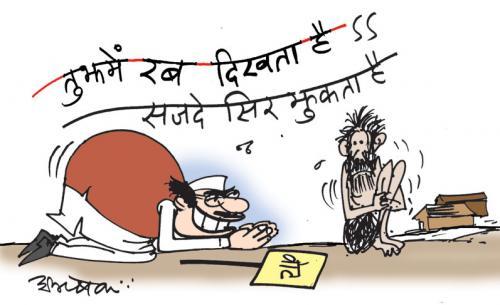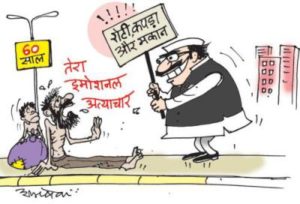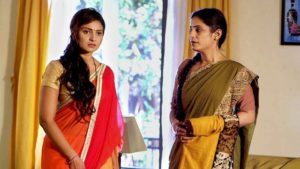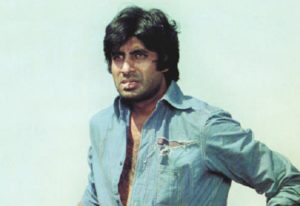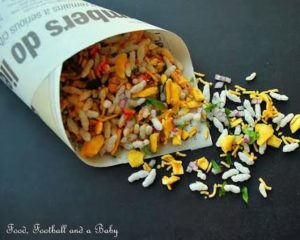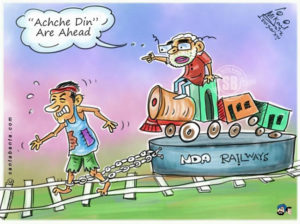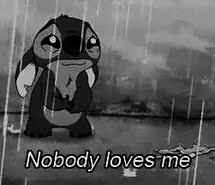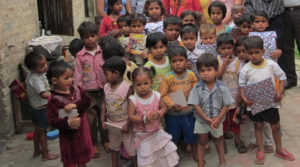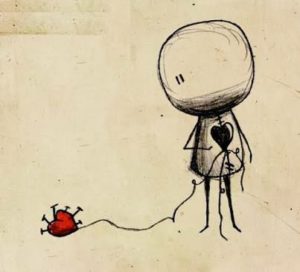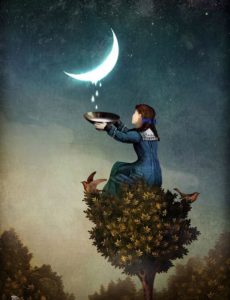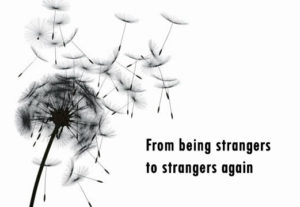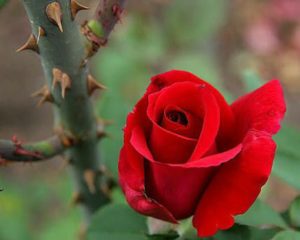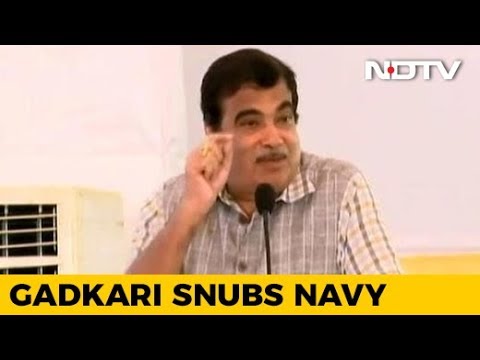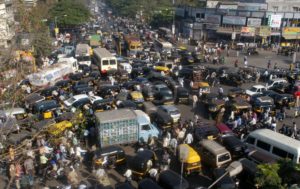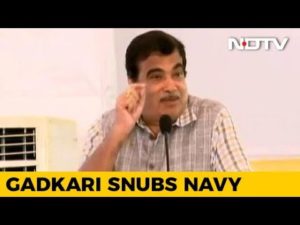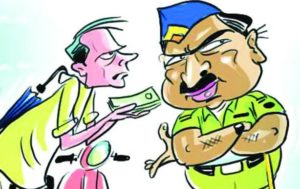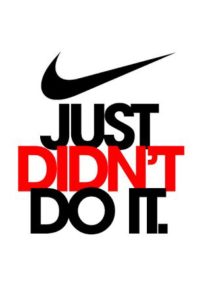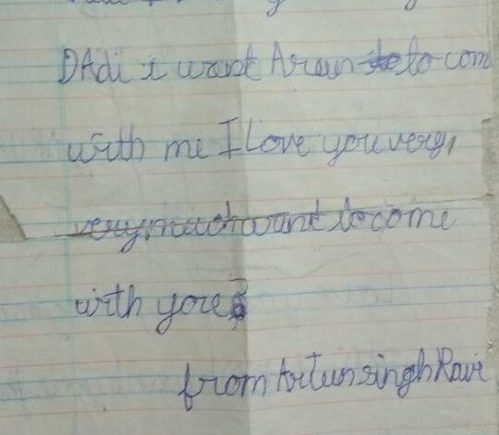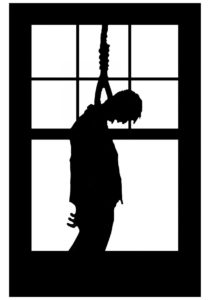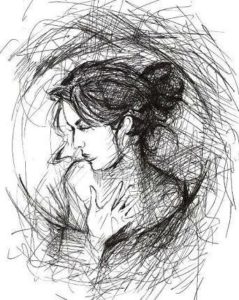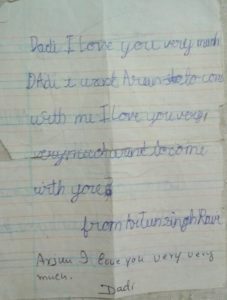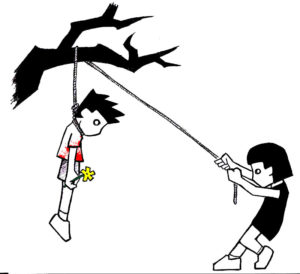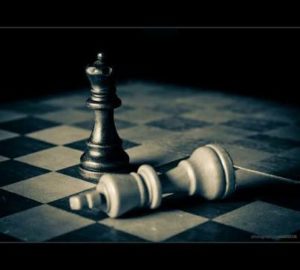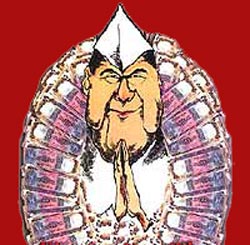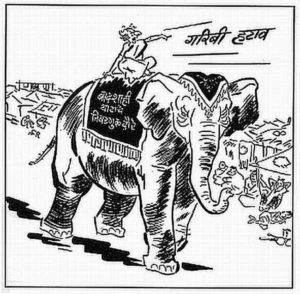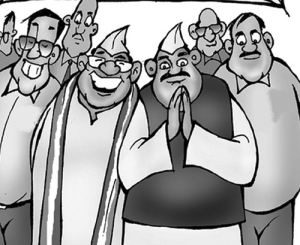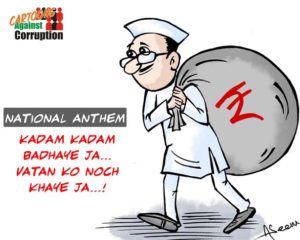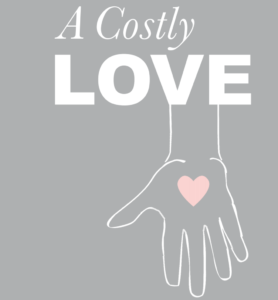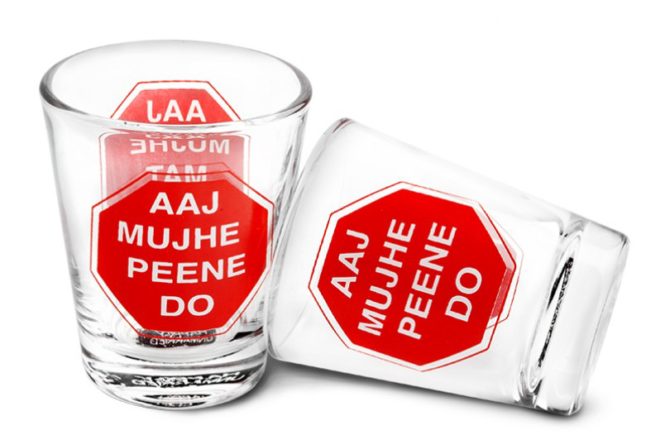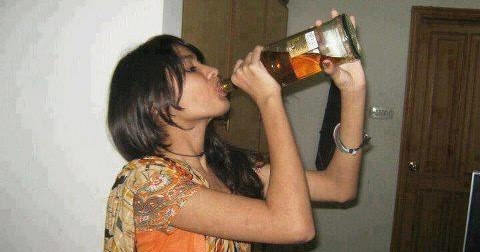माखन लाल माखन के थे बहुत शौक़ीन,
रोज़ पांच किलो से कम खाने में समझते थे तौहीन;
बीवी और दोस्तों ने बहुत समझाया बस करो,
लेकिन लगता था भैंस के सामने बजा रहे हों बीन I
सरकारी दफ्तर में बाबू बनने का जब से हुआ सिलेक्शन,
तब से माखन के साथ उनका जुड़ गया कनेक्शन;
हर एक काम करने के लिए माखन हो गया ज़रूरी,
माखन है तो फाइल पास वरना हो गया रिजेक्शन I
लोगों को भी पता माखन से मिलते हैं सारे परमिट,
वरना लम्बे अरसे की हो सकती है खिटपिट;
वह सब भी शामिल हैं माखन लाल की हॉबी में,
खाने खिलाने की रीत से ही है सिस्टम अनफिट I
कब तक चलेगी यह सालों से चली आ रही रीत?
आज़ादी मिले भी ७१ साल गए हैं बीत;
कोई एक नहीं है जो यह साबित कर दिखाए,
माखन लाल की नहीं पर लोगों की हो जीत?
हम सब हिस्सेदार हैं माखन लाल के गुनाह में,
झट से उन्हें लाया जा सकता है सीधी राह में:
लेकिन हम सब भी माखन के संग शामिल हैं,
जुर्म पल रहा है हम सबकी पनाह में I
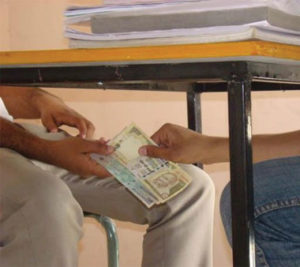
Maakhna Lal maakhan ke the bahut shaukeen,
Roz paanch kilo se kam khaane mein samajhte the tauheen;
Biwi aur doston ne bahut samjhaya bas karo,
Lekin lagta tha bhains ke aage baja rahe hon been.
Sarkaari daftar mein babu banane ka jab se hua selection,
Tab se maakhan ke saath unka judh gaya connection;
Har ek kaam karne ke liye maakhan ho gaya zaroori,
Maakhan hai to file pass varna ho gaya rejection.
Logon ko bhi pata maakhan se milte hain saare permit,
Varna lambe arse ki ho sakti hai khitpit;
Woh sab bhi shaamil hain Maakhan Lal ki hobby mein,
Khaane khilane ki reet se hi hai system unfit.
Kab tak chalegi yeh saalon se chali aa rahi reet?
Aazadi mile bhi 71 saal gaye hain beet;
Koi ek nahin hai jo yeh saabit kar dikhaaye,
Maakhan Lal ki nahin par logon ki hogi jeet?
Ham sab hissedaar hain Maakhan Lal ke gunaah mein,
Jhhat se unhen laaya jaa sakta hai raah mein;
Lekin ham sab bhi maakhan ke sang shaamil hain,
Zurm pal raha hai ham sanki panaah mein.
